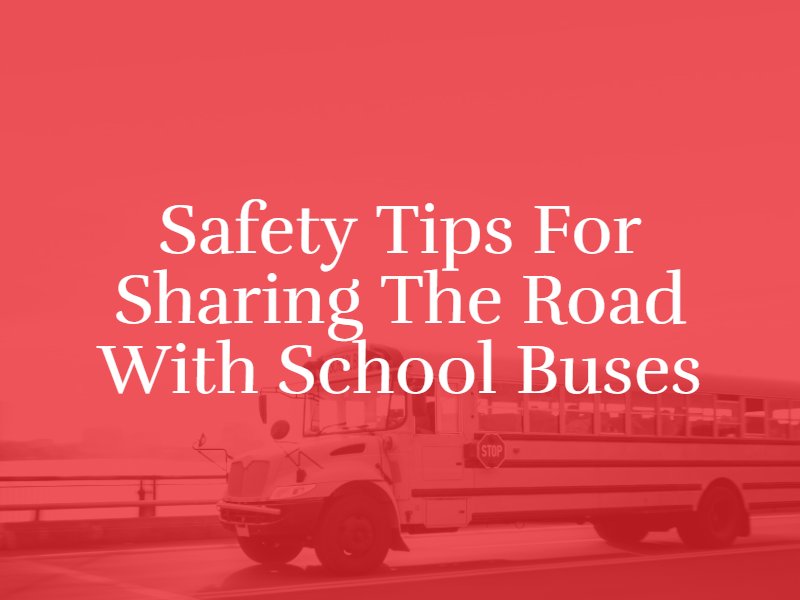School bus accidents are devastating and often involve vulnerable school-aged children. In an effort to protect students from being hit by vehicles when getting on and off of school buses, Texas has strict bus stop laws that all drivers must follow. Learning more about the school bus laws in Texas can help you ensure the children in your community arrive at and from school safely each day.
When Must Drivers Stop for School Buses in Texas?
The law in Texas requires all drivers to come to complete stops any time a school bus uses its flashing red lights and extends its stop sign. These are visual signals that tell drivers that the bus is picking up or dropping off students. If the bus is flashing its yellow lights, it means that the bus is getting ready to stop to load or unload students. This means that drivers should reduce their speeds and be prepared to stop.
If you see a school bus coming from the opposite direction on a two-lane road or highway that is not separated by a wall or median, you also have a duty to stop for a bus that is using its red lights and/or stop sign. The only time you do not have to stop for a school bus is if you are traveling in a different lane and the lanes are separated by a physical barrier.
It is against the law to pass a school bus that has stopped and is using its visual stop signals. Drivers approaching the bus from either direction lawfully must stop and cannot pass until the bus has turned off its red flashing lights, withdrawn its stop sign, and continued driving. The fine for violating Texas’s school bus stop law can go up to $1,250. The offending driver could also face driver’s license suspension and even jail time for a second or subsequent offense or if the action causes a severe injury.
 Safety Tips for Sharing the Road With School Buses
Safety Tips for Sharing the Road With School Buses
As a driver in Texas, it is your responsibility to drive safely, carefully, and in accordance with Texas law when driving near school buses. Making any driving mistake or violating a traffic law could result in serious penalties and even criminal charges if it results in an injury to a child. It is critical to take proactive steps to reduce the risk of a bus accident. Use the following tips:
- Slow down. If you are driving behind a school bus, reduce your speed, keep a safe following distance and be prepared to stop frequently.
- Stay alert. Always keep a lookout for students crossing the road or darting out into the road, especially if a bus is preparing to stop or if you are driving in a school zone.
- Avoid distractions. Put down your phone and avoid other sources of driver distraction, such as eating, drinking, and chatting with passengers. Your full attention should be on the road.
- Follow directions. When passing through a school zone, obey the posted speed limit and follow directions from any crossing guards or police officers.
- Be careful at railroad crossings. School buses are legally required to stop at all railroad crossings. Be prepared for this and do not pass the school bus if you are driving behind it.
- When in doubt, stop and wait. If you are not sure what the bus is doing or if it is loading children, play it safe. Stop and wait for the bus driver to give you a signal.
Always practice the utmost caution when driving near a school bus. They are carrying precious cargo, and children are especially vulnerable when boarding and deboarding school buses. Do your part to prevent a tragedy by obeying all of Texas’s school bus laws and traffic laws in general when near a bus.
